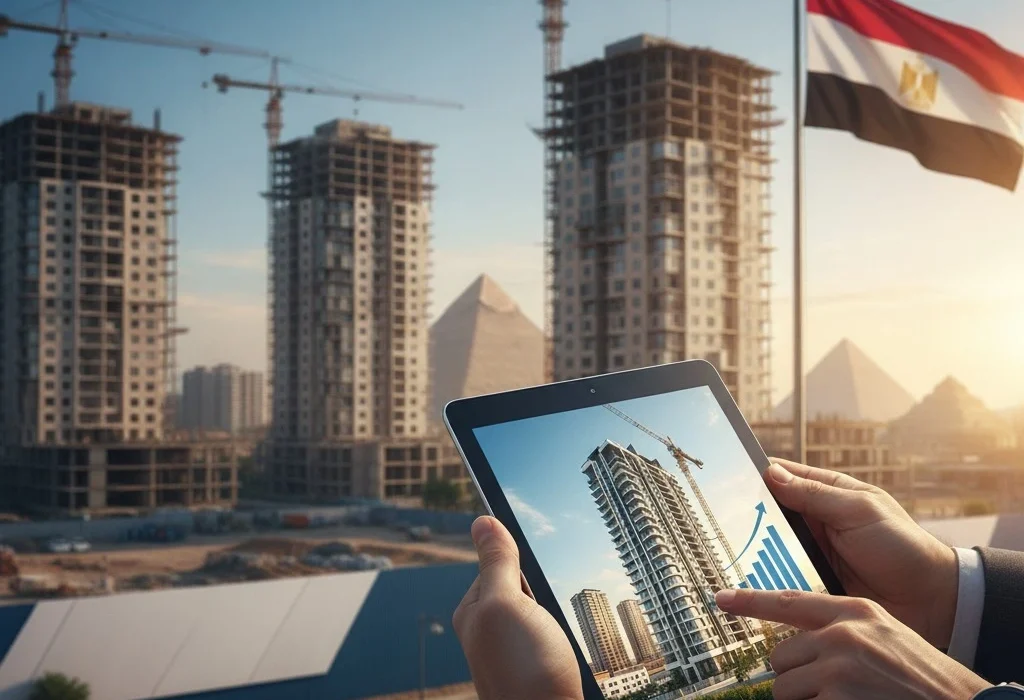In recent years, Egypt’s real estate development sector has become one of the country’s fastest-growing industries. From new cities like Sheikh Zayed and New Cairo to coastal destinations on the North Coast, developers are reshaping urban life with smart designs and sustainable communities.
This booming growth is driven by a rising population, strong infrastructure investments, and increased interest from both local and international investors. But with so many projects launching each year, how can you ensure that your investment is both secure and profitable?
1. Evaluate the Developer’s Credibility
Before investing in any property, always start by checking the developer’s background. A reliable developer ensures your project is delivered on time, built with quality materials, and compliant with legal standards.
Ask yourself:
- How long has the developer been in the market?
- What projects have they completed successfully?
- Were they delivered on schedule?
For example, Karnak Developments has a proven track record with projects such as Belva Compound and Vitali Mall, which reflect architectural excellence and on-time delivery. Partnering with an experienced developer guarantees both peace of mind and sustainable investment growth.
2. Understand the Location’s Long-Term Potential
Location is more than just a pin on the map — it determines lifestyle, accessibility, and future property value. In Egypt, areas like Sheikh Zayed City, New Cairo, and the Fifth Settlement have become prime real estate destinations due to their urban planning, amenities, and connectivity.
When assessing a development:
- Check proximity to main roads like the Cairo-Alexandria Desert Road and Ring Road.
- Look for nearby landmarks — Zayed 2000, Arkan Plaza, or Mall of Arabia.
- Research upcoming infrastructure projects — schools, malls, or hospitals — that can boost value over time.
Choosing a development with strong location fundamentals ensures consistent demand, higher resale potential, and long-term appreciation.
3. Compare Payment and Financing Options
A great property deal isn’t just about price — it’s about how flexible the payment plan is. Many Egyptian developers now offer customized installment systems or bank financing options to attract more buyers.
When evaluating payment plans:
- Ask about down payments and monthly installment options.
- Understand any added fees, interest rates, or penalties for early payments.
- Ensure the plan aligns with your financial stability and long-term goals.
Karnak Developments, for example, offers payment terms of up to 8 years, allowing buyers to secure luxury living spaces with ease. This kind of flexibility opens the door for more people to invest in prime locations like Sheikh Zayed.

4. Examine Facilities and Community Features
Modern buyers in Egypt are not just purchasing a home — they’re buying a lifestyle. That’s why facilities and community design are central to any real estate development.
Look for:
- Green spaces and parks
- Security and gated access
- Smart home technology
- Sports and leisure areas
- Maintenance and property management services
Projects like Belva Compound by Karnak combine natural design, integrated services, and modern architecture to create vibrant, livable communities. These amenities not only enhance your daily life but also strengthen your property’s long-term value.
5. Focus on Transparency and After-Sales Service
Even after signing the contract, your relationship with the developer shouldn’t end. Reliable real estate companies provide continuous support and clear communication before, during, and after handover.
Ask the developer:
- How do they handle maintenance and repairs?
- Who manages the community post-delivery?
- Are there customer service or after-sales teams available?
Developers like Karnak take pride in post-delivery care, ensuring properties maintain their aesthetic and functional quality for years. This commitment reflects a long-term partnership rather than a one-time transaction.
The Future of Real Estate Development in Egypt
Egypt’s Vision 2030 plan emphasizes sustainable urban growth, pushing developers to innovate with eco-friendly designs, renewable energy solutions, and smart infrastructure. As new mega projects and smart cities emerge — such as the New Administrative Capital and New Alamein — the demand for professional, trustworthy developers continues to rise.
Investors looking for long-term stability will find immense opportunity in Egypt’s evolving real estate landscape, especially when guided by reliable companies like Karnak Real Estate Developments, who focus on sustainable progress and customer trust.
Conclusion: Invest Smartly, Build Your Future
The Egyptian real estate market is rich with opportunity — but success depends on making informed choices.
By following these five tips — evaluating developers, analyzing locations, reviewing payment flexibility, assessing facilities, and confirming after-sales support — you can secure a solid investment that grows with time.
Whether you’re a first-time buyer or an experienced investor, partnering with reputable developers like Karnak Developments ensures you’re building not just a property, but a future.
Explore current and upcoming projects today athttps://karnakrealestatedevelopments.com/
FAQs
What makes Egypt attractive for real estate development?
Egypt’s population growth, strong infrastructure, and government initiatives like Vision 2030 make it a top real estate destination.
How do I choose a trustworthy real estate developer?
Check the company’s history, previous projects, delivery record, and customer reviews. Visit their website and model units for proof of quality.
Are there flexible payment plans in Egypt’s property market?
Yes. Many developers — including Karnak Developments — offer installment systems extending up to 8 years to suit diverse budgets.
What are the best cities in Egypt for real estate investment?
Sheikh Zayed, New Cairo, and the North Coast are top choices due to accessibility, amenities, and continuous growth.
How do real estate developers ensure project sustainability?
By integrating green spaces, efficient design, and long-term maintenance systems that preserve property value and community health.

